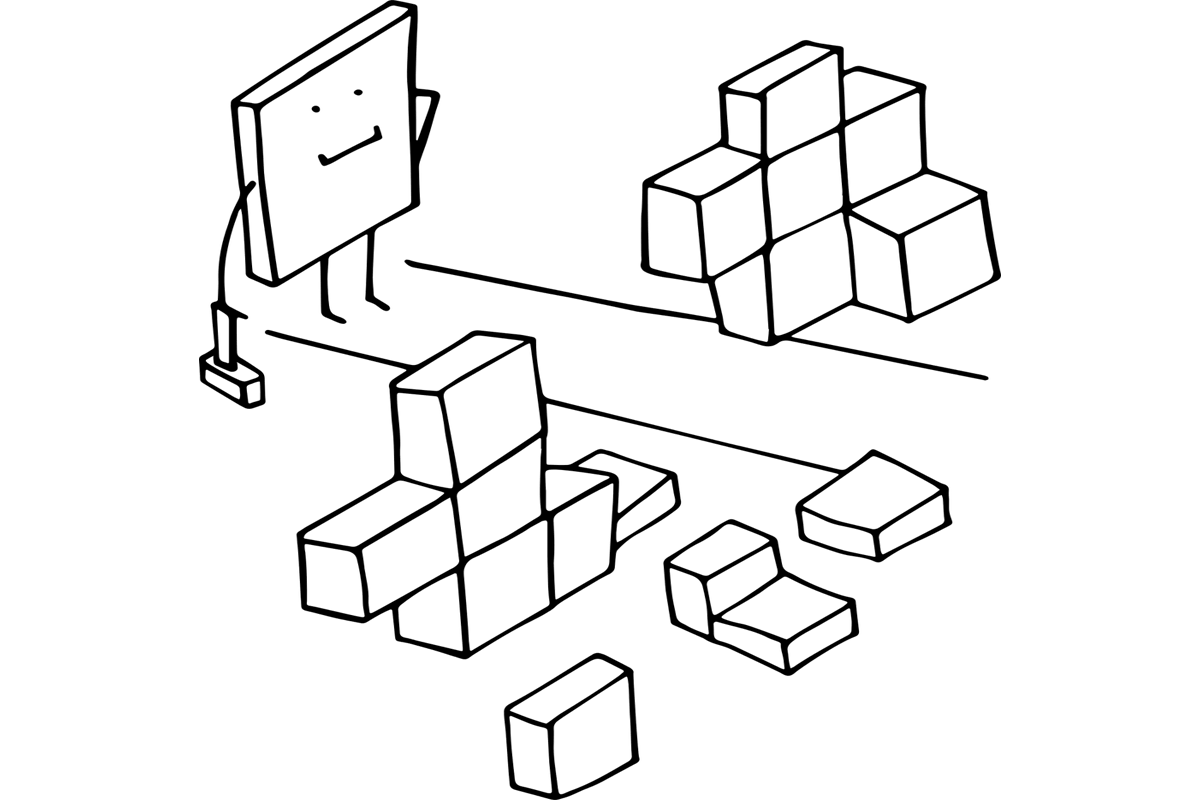Theory of Constraints in Project Management is an approach that helps you to pinpoint the crucial limiting factor, usually referred to as a constraint or bottleneck, that gets in the way of achieving a goal.
CONTENT
The main goal of this theory is to find and address that constraint to the extent that it is no longer a limiting factor.
The Theory of Constraints is often associated with the saying “a chain is only as strong as its weakest link” because the process of finding a weak link in a chain is very similar to finding a bottleneck in a system.
Theory of Constraints Goal
The theory of constraints hypothesizes that any complex system consists of multiple related activities, where one of them, the weak link in the chain, could potentially disrupt the entire system.
According to the theory of constraints, the best way for an organization to achieve its goals is to reduce operating expenses, reduce inventory, and increase throughput.
Operating expenses are all the money the system spends to convert inventory, or stock, into throughput.
Inventory represents all the money the system has invested in buying goods it intends to sell.
Throughput is the rate at which the system generates money through sales.
Before the goal itself can be achieved, all of the preconditions must first be met.
The five implementation steps
Theory of Constraints provides a specific methodology for identifying and eliminating bottlenecks within your system.
Here are its five implementation steps:
- Identify the constraint: every system has at least one constraint that limits its growth, otherwise it would expand endlessly. First and foremost it is necessary to identify the constraint which can be physical, such as a material or managerial weakness, such as an inefficient procedure.
- Decide how to leverage the constraint: After having identified the bottleneck, you need to plan your processes so as to leverage the constraint, if physical, to its fullest. In fact, production lost in the bottleneck is production lost by the system in general. When the constraint lies in the managerial level, it should not be leveraged at all, but rather eliminated and replaced by a more efficient process that increases throughput.
- Subordinate activities according to the decision taken: each activity that is part of the production cycle where the system constraint is present is reorganized accordingly to match the constraint’s maximum throughput. Since, as we have seen before, the constraint determines the throughput of the organization, subordinating tasks is the most efficient way to use the available resources. It is important to note that the previous steps involve, in most cases, a limited number of people, but at this stage all people operating in the system must be involved.
- Elevate the constraint: Elevating means increasing the throughput of the constraint. If you get to this point, it means that the previous changes were not sufficient to improve the system to the point where the constraint was eliminated. Actions to increase the capacity of the constraint may be different, such as buying new equipment or hiring more manpower. When this step is completed it will mean that the constraint has been eliminated.
- Repeat the steps for each constraint you found for continuous system improvement: This step recommends not to sit back once results have been achieved. One constraint has been eliminated, but it does not mean that there are no other bottlenecks. This is because every change you make to the system can create new constraints that were not previously present. It is therefore essential not to let passiveness itself become the system constraint.
Theory of Constraints in Project Management – Critical Chain Project Management (CCPM)
As mentioned earlier, the theory of constraints is a method that can be used to improve management techniques.
This means that in the project management context, the theory of constraints can be used to plan more efficiently the various activities that are part of the production cycle.
Hence, Critical Chain Project Management (CCPM), or the critical chain method, originates.
This method was devised as a response to the poor performance of many projects, such as longer than expected work periods, frequently missed deadlines, cost overruns, and lower quality than originally promised.
The first step of the CCPM method is to determine the critical link in the project, i.e., the longest delivery path considering estimated activities and material availability.
This method differs from others by offering a different estimate of task duration and redistributing task safety time, which will not be eliminated, but instead reinserted into other parts of the process. This is known as buffer management.
The underlying philosophy is that uncertainty in activity duration is the primary driver of a project’s delay and any other unsatisfactory outcomes.
The key would then be to shift the focus from the duration of individual activities to the duration of the entire project.
Safety time allowances of tasks, which often turn out to be unnecessary, are reallocated to strategic points in the project.
Each task is associated with a buffer, the consumption of which gives an indication of project progress.
In CCPM, monitoring is done by comparing the percentage of buffer remaining and the percentage of chain completed.
As long as certain proportions between these two variables are met, the project can be said to be on track. If, on the other hand, the critical limit is exceeded, it will be necessary to take measures.
Buffers are divided into three equal parts with different colors: green, yellow and red. If the level of consumption of the buffer is in the green zone, no action is required and it can be said that the work is going well.
If the level enters in the yellow zone you must start to think about possible corrective actions.
When the consumption level enters the red zone, the critical limit has been exceeded and action is required to solve the problem.
Theory of Constraints Benefits
One of the most valuable features of the theory of constraints is that it emphasizes the improvement process.
A successful implementation of this approach comes with a number of advantages:
- Enhances the system
- Allows to produce more
- Increases profit
- Reduces delivery times
- Creates a smoother and faster product flow
- Reduces inventory and work in progress
Therefore, managing a project using the theory of constraints provides increased system productivity.
It also ensures that the project is delivered on time and within its planned budget.





